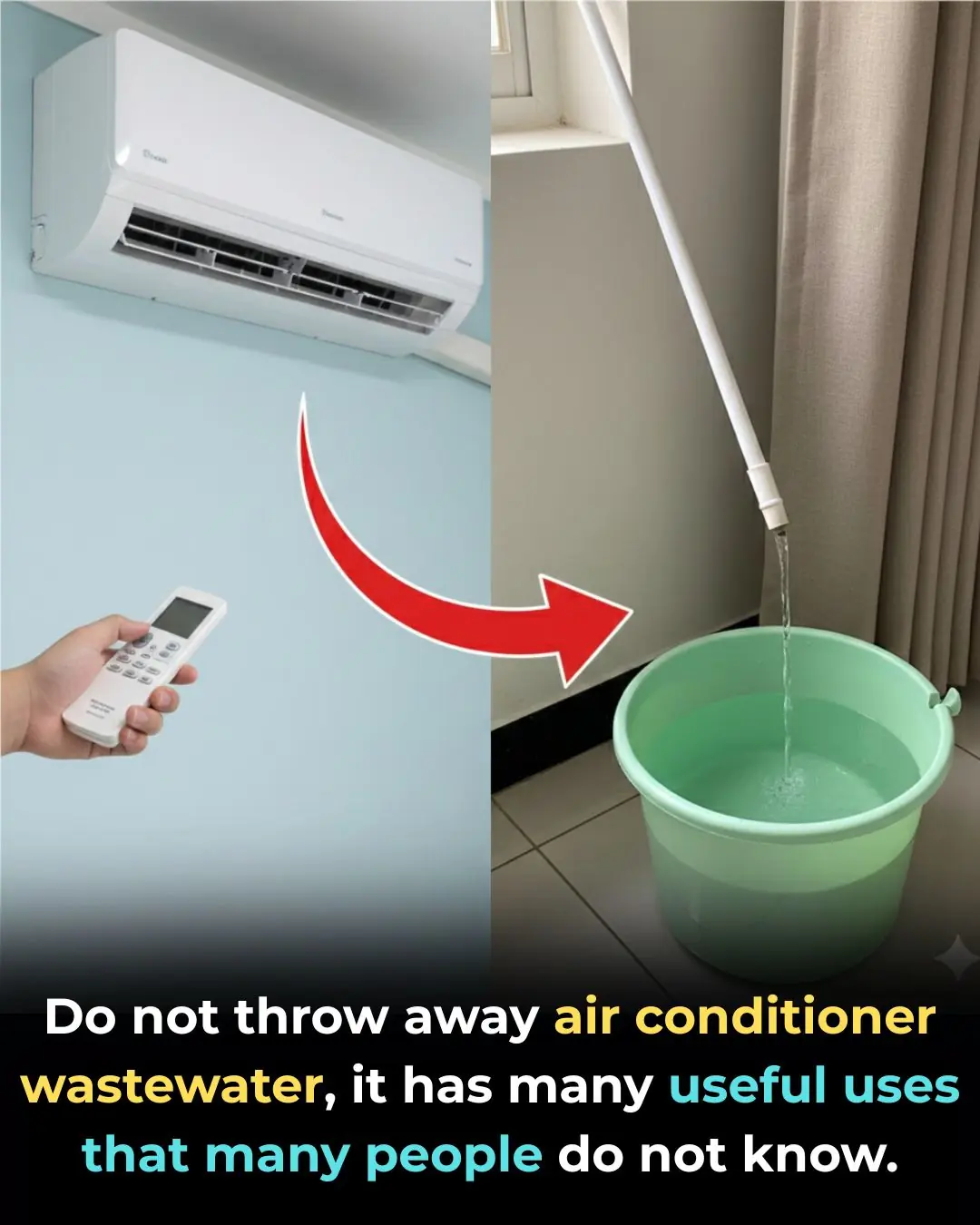
How to treat nerve pain in the foot, toes & legs
Peripheral neuropathy is a frustrating, painful, and often persistent condition that affects millions of people worldwide. It commonly presents as nerve pain in the feet, toes, and legs, creating discomfort that can interfere with walking, sleep, and everyday activities. In this expanded guide, we’ll take a closer look at what causes nerve pain, how doctors diagnose it, and the most effective treatment options available today—along with practical tips you can use at home to manage symptoms more comfortably.
👉 Key Takeaways
-
Identify the Cause: Peripheral neuropathy can develop due to diabetes, alcohol use, injuries, nutritional deficiencies, and other health conditions.
-
Get an Accurate Diagnosis: Seeing the right healthcare professionals is crucial for choosing effective treatment.
-
Explore All Treatments: Medications, lifestyle changes, and therapeutic interventions can all help reduce nerve pain.
-
Use Home Remedies: Simple daily habits—stretching, massage, warm foot baths, and proper footwear—can make a meaningful difference.
✨ What Is Peripheral Neuropathy?

Peripheral neuropathy occurs when the peripheral nerves—those outside the brain and spinal cord—become damaged or irritated. This damage may cause pain, tingling, numbness, burning sensations, or weakness, especially in the hands and feet. The condition can develop gradually or suddenly, depending on the underlying cause.
Common Causes of Peripheral Neuropathy
1. Diabetes
Long-term high blood sugar damages nerves, especially in the feet and legs. This is why diabetic neuropathy is one of the most common and well-known forms of nerve damage. Poor glucose control speeds up nerve deterioration, while good management can slow its progression.
2. Alcohol Use
Chronic alcohol consumption can deplete the body of essential nutrients and expose nerves to toxic byproducts, resulting in burning pain, tingling, and muscle weakness. Over time, alcoholic neuropathy can significantly reduce mobility if not addressed.
3. Injuries and Trauma
Accidents, falls, or sports injuries may compress or sever nerves. For example, a herniated spinal disc can pinch a nerve root, causing radiating pain down the leg—a condition often mistaken for peripheral neuropathy.
4. Nutritional Deficiencies
Vitamins like B1, B6, B9, B12, and vitamin E are vital for maintaining healthy nerve function. A deficiency—especially in vitamin B12—can interrupt nerve communication and damage the protective sheath around nerves.
5. Other Medical Conditions
Autoimmune disorders (like lupus, rheumatoid arthritis, or Guillain-Barré syndrome), thyroid disease, kidney problems, and infections such as Lyme disease or shingles can also trigger neuropathy by harming nerves directly or creating inflammation in surrounding tissues.
🎯 Why Diagnosis Matters
Accurate diagnosis is essential because nerve pain can come from many different conditions—not all of them neuropathy. For example, sciatica, arthritis, or circulation problems may mimic neuropathic symptoms.
Steps Toward Proper Diagnosis
• Consult a Podiatrist
A podiatrist evaluates foot structure, gait, and footwear-related issues. They can identify whether pain comes from neuropathy, plantar fasciitis, Morton’s neuroma, or another foot-specific condition.
• Visit a Neurologist
Neurologists specialize in nerve disorders and may perform tests such as:
-
Nerve conduction studies (NCS)
-
Electromyography (EMG)
These tests help determine the extent of nerve damage and pinpoint its source.
• Imaging Tests
MRIs or X-rays can uncover structural issues like spinal stenosis, herniated discs, or tumors that might be compressing nerves.
• Blood Tests
Blood work helps detect diabetes, vitamin deficiencies, autoimmune markers, liver or kidney problems, and infections—any of which may be responsible for neuropathy symptoms.
⚙️ Treatment Options for Peripheral Neuropathy
Treating neuropathy typically involves a combination of approaches. The goal is to relieve symptoms, address the underlying cause, and prevent further nerve damage.
➡️ Medications
Pain Relievers
Mild pain may respond to over-the-counter medications such as ibuprofen or acetaminophen. Severe cases may require prescription drugs, though opioids are used sparingly due to risk of dependency.
Antidepressants
Medications like amitriptyline or duloxetine can reduce nerve pain by altering how the brain perceives pain signals.
Anti-seizure Medications
Gabapentin and pregabalin are often prescribed to calm overactive nerves responsible for neuropathic pain.
Topical Treatments
Capsaicin creams or lidocaine patches provide targeted relief for specific painful areas.
➡️ Lifestyle Changes
Healthy Diet
A nutrient-rich diet supports nerve repair.
Try increasing:
-
Whole grains, nuts, eggs, dairy, leafy greens (rich in B vitamins)
-
Bright-colored vegetables and berries (high in antioxidants)
For people with diabetes, strict blood sugar control is essential to slow nerve damage.
Regular Exercise
Low-impact exercise boosts blood circulation, reduces inflammation, and strengthens muscles. Activities like swimming, gentle yoga, or brisk walking are beneficial and easy to incorporate.
Avoid Alcohol and Smoking
Both alcohol and tobacco impair nerve health and circulation. Reducing or eliminating them can significantly improve symptoms over time.
➡️ Home Remedies
Supportive Footwear
Choose shoes with cushioning, arch support, and a roomy toe box. Orthotics may help reduce pressure on sensitive areas.
Massage and Stretching
Daily stretching improves flexibility and reduces tension on irritated nerves, while gentle massage boosts circulation in the feet and legs.
Warm Foot Baths
Warm water can ease muscle tightness and temporarily relieve nerve discomfort. Individuals with numbness should test water temperature cautiously.
Epsom Salt Soaks
Magnesium in Epsom salt may help soothe muscles and reduce cramping for some individuals.
➡️ Alternative and Complementary Therapies
Acupuncture
Some patients experience improved nerve function and pain reduction through acupuncture sessions.
Compression Devices
Compression socks can reduce swelling and enhance circulation in the lower legs.
TENS Therapy
A TENS machine delivers mild electrical stimulation to interrupt pain signals and promote relaxation.
Physical Therapy
A physical therapist can design personalized routines to enhance balance, prevent falls, and reduce pain.
🩺 When to Seek Additional Help
If symptoms continue to worsen or fail to improve with conservative treatments, advanced options may be necessary. These include:
-
Nerve decompression surgery for structural compression
-
Nerve blocks for targeted pain relief
-
Spinal cord stimulation for chronic, treatment-resistant cases
Early intervention often leads to better outcomes, so persistent or severe pain should never be ignored.
👉 Conclusion
Nerve pain in the feet, toes, and legs can make everyday activities difficult, but understanding its causes and treatment options empowers you to take control of your health. Whether through medications, lifestyle adjustments, home remedies, or alternative therapies, many effective strategies exist to ease symptoms and improve quality of life. Working closely with healthcare professionals will help you develop a customized treatment plan that supports long-term nerve health and overall well-being.
News in the same category

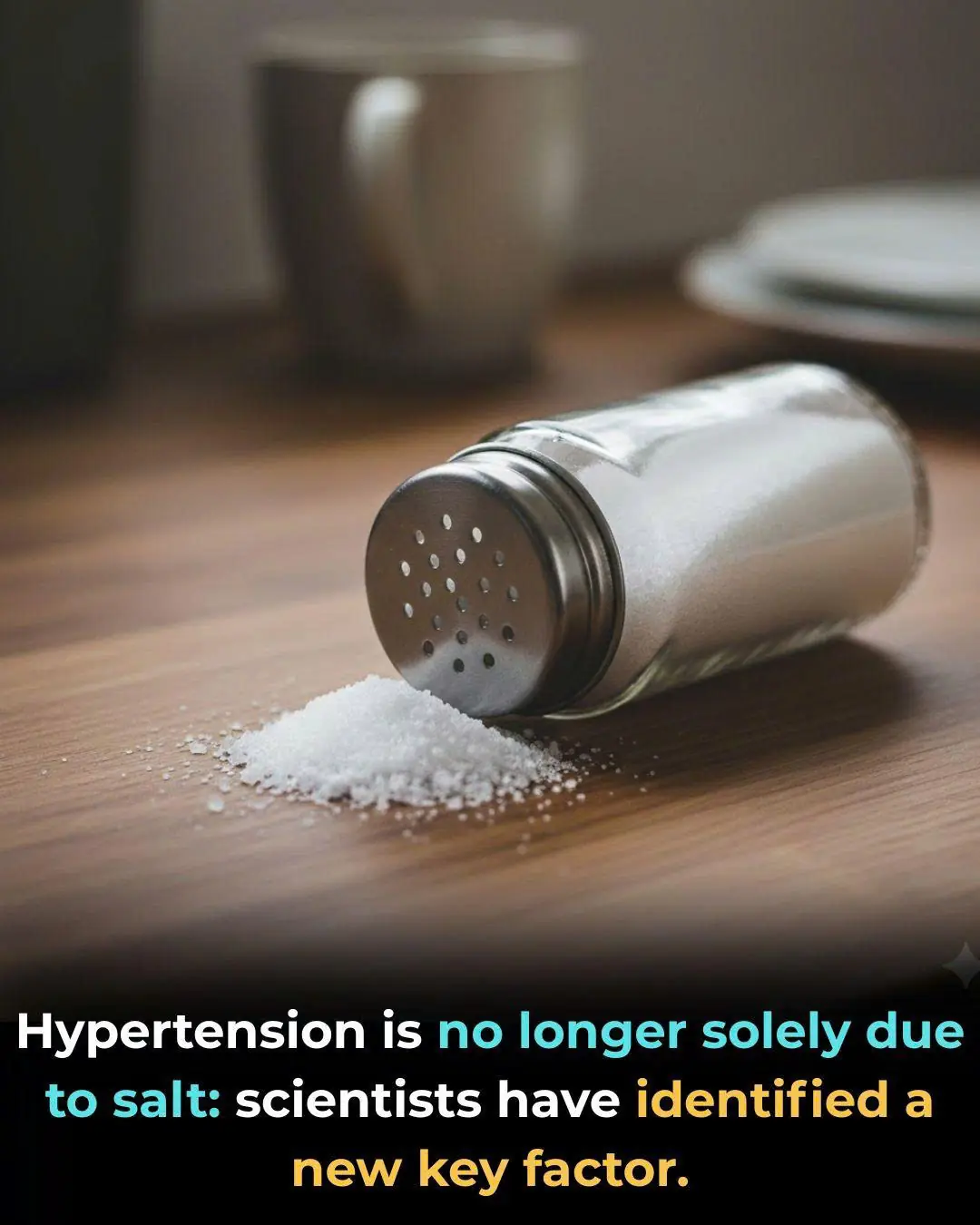
High Blood Pressure Has a New Culprit

Unlocking the Power of Rosemary Tea: A Natural Elixir for Mind, Body, and Soul

Drinking Water the Right Way

Headache Above or Behind the Left Eye? Here’s What It Could Mean

Eat okra every day? Here’s what happens to your body!

6 fruits that help your body fight cancer cells naturally

Roll your feet daily—unlock rapid healing throughout your body!

1 teaspoon a day melts away fatty liver naturally

High Blood Pressure Has a New Culprit …And It’s Not Salt
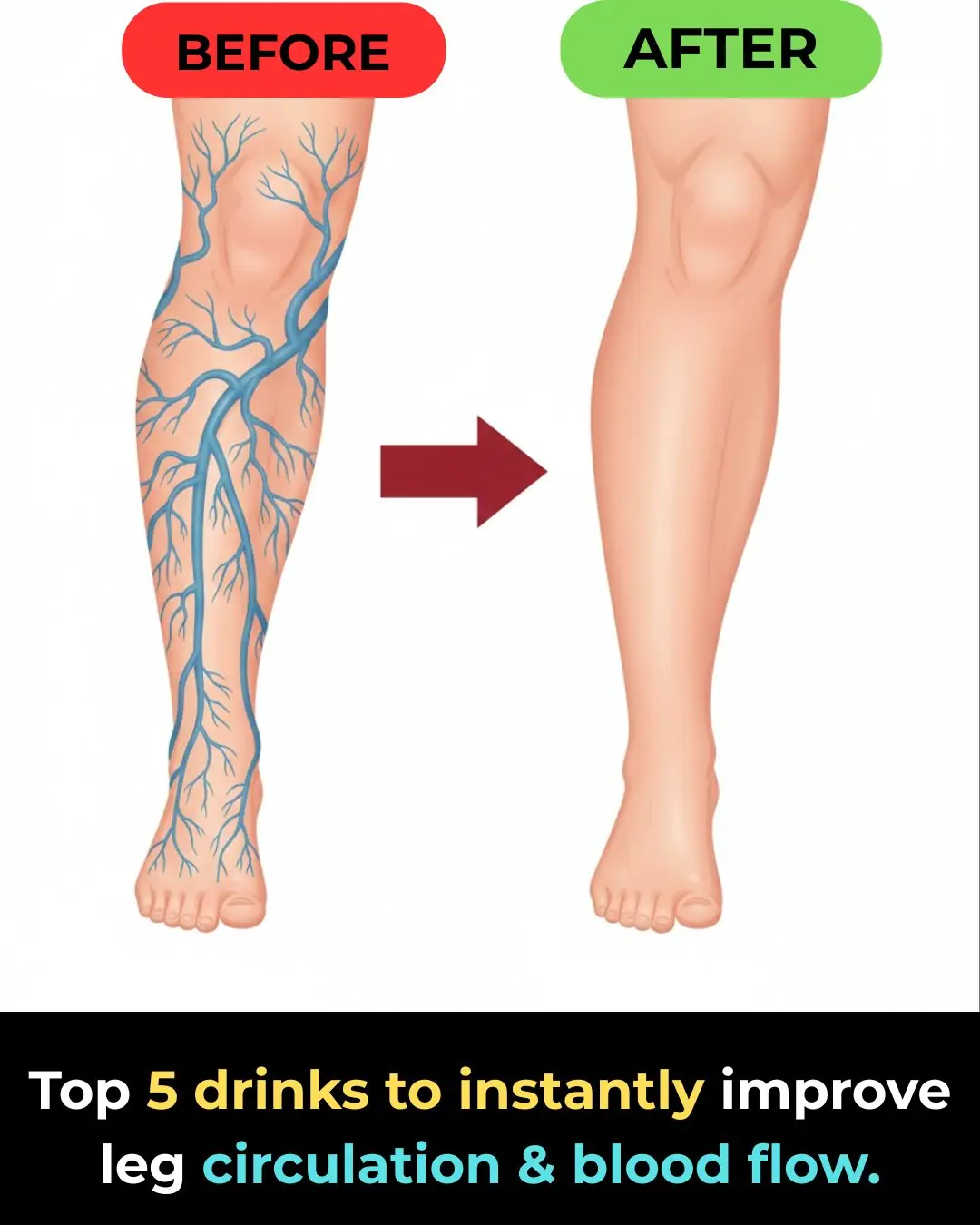
Top 5 drinks to INSTANTLY improve leg circulation and blood flow
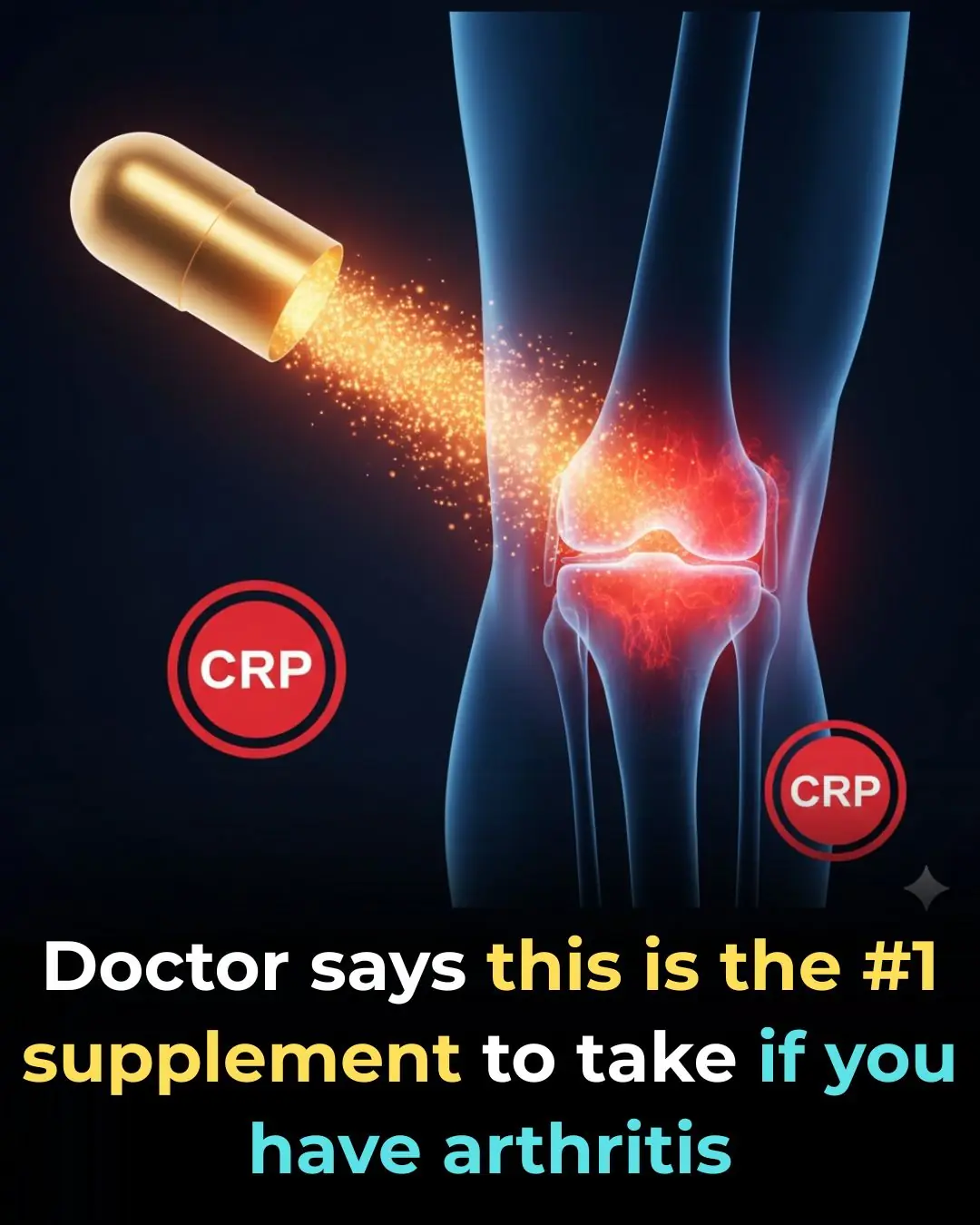
Doctor says this is the #1 supplement to take if you have arthritis

Why Your Legs Cramp At Night And How To Stop It From Happening
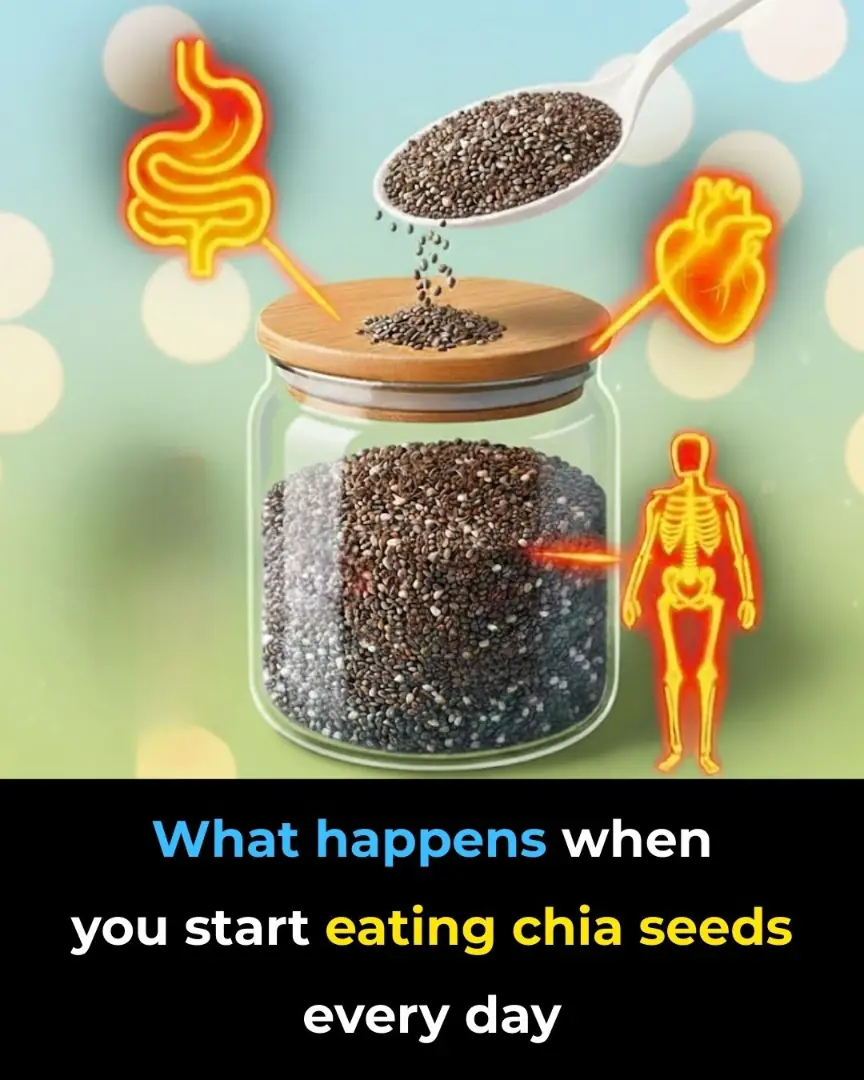
What happens when you start eating chia seeds every day

The Plant That Kills Cancer Cells, Stops Diabetes And Boosts Your Immune System!

How to treat nerve pain in the foot, toes & legs

Headache Above or Behind the Left Eye: Causes and Treatments

5 Deficiencies Almost Everyone Has (And Doesn’t Know About)

Eggs and Coffee: A Surprisingly Powerful Breakfast Combination
News Post

THIS SEED: AFTER 50, IT STRENGTHENS BONES & CURES ALL PAINS

High Blood Pressure Has a New Culprit

Civil War Era Politician Robert Smalls Becomes First African American to Receive Monument in South Carolina

Dr. Patricia Bath Set To Make History As First Black Woman Inducted Into National Inventors Hall of Fame

Unlocking the Power of Rosemary Tea: A Natural Elixir for Mind, Body, and Soul

🌌 An Accidental Revolution: How the Search for Black Holes Led to the Invention of Wi-Fi

📈 The $5 Trillion Threshold: NVIDIA Becomes the World’s Most Valuable Company, Reshaping Global Economic Influence

Angela Davis to Keynote Largest Black Feminist Conference in the Nation

🐝 The Silent Threat: Research Links Cell Tower Radiation to Harmful Effects on Honey Bee Health

NYC-Based Events Company Is Creating Spaces to Empower Indy Black Artists Across the East Coast

Why Some Eggs Are Speckled

Drinking Water the Right Way

This is the correct way to preserve pork in the freezer: The meat will not dry out, and will still retain all its nutrients for a whole month.
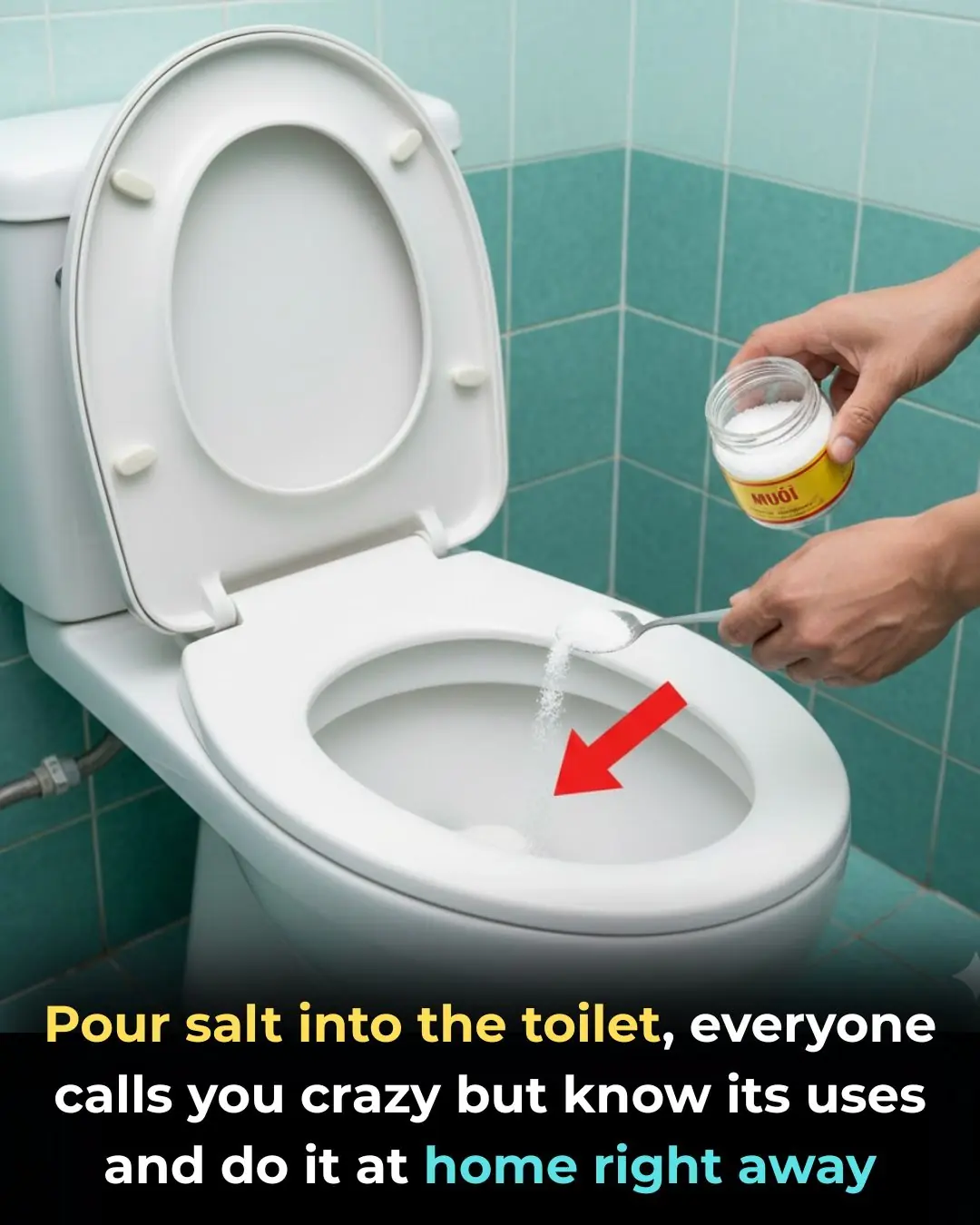
Pour salt into the toilet, everyone calls you crazy but know its uses and do it at home right away

What Are the “Black Triangles” Between Your Teeth

Inserting a toothpick into this exact spot on the electric kettle has an amazing effect — a useful trick everyone should know

Amazing uses of pouring vinegar on meat: Everyone who knows will want to do it too

Chef reveals secret to stir-frying soft, lump-free vermicelli noodles that even the most clumsy person can easily do
